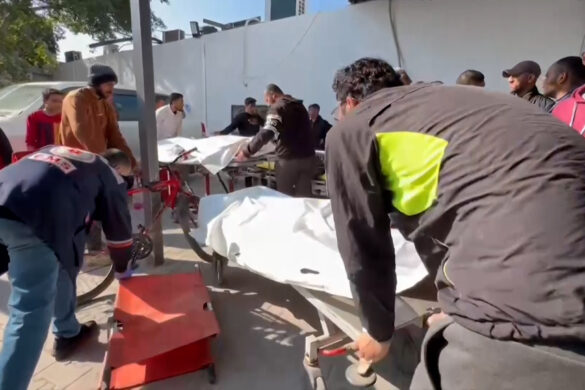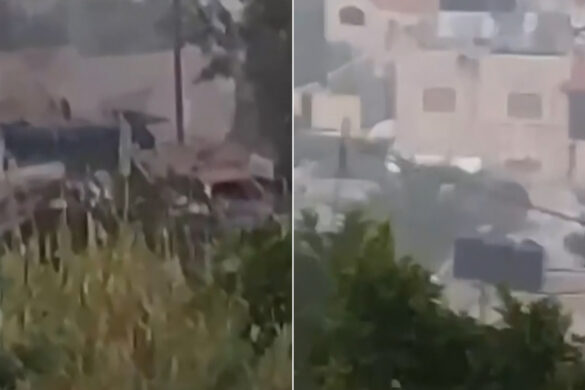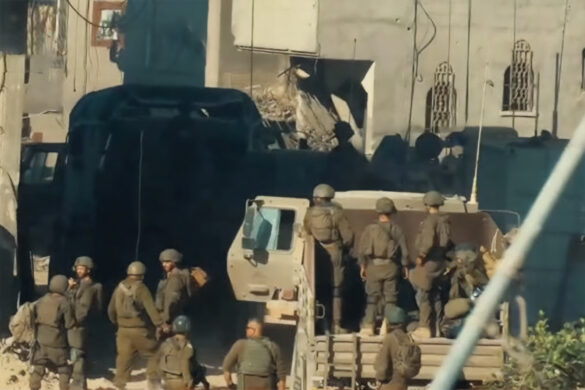Tel Aviv Tribune Net correspondents
Gaza- “I paint for the sake of my humanity and Palestine.” With these words, the visual artist Basil Al-Maqousi explains his clinging to his brush, pens, and papers, and his pride in drawing over the tragedies of war, after he and his family were forced to flee from Gaza City to Rafah in the far south of the Gaza Strip.
Basil and his family live in a small tent leaning against a wall on a street in the Tal al-Sultan neighborhood, west of the city of Rafah. This is the third displacement station. They were displaced for the first time from the northern Gaza Strip to his art studio in Gaza City, and from there to his friend’s house in the city of Khan Yunis.
As the fighting intensified following the occupation army’s land incursion, he was forced to flee to the city of Rafah, which currently houses more than a million displaced people, who constitute approximately half of the total population in the small coastal strip.
The tragedies of war and displacement were reflected in Basil’s artistic paintings. He told Tel Aviv Tribune Net that he draws inspiration for the titles of his paintings “from miserable daily life, and the harsh scenes of displaced people struggling to survive.”
For Bassel, these paintings represent a precious treasure, as they are part of his artistic and human memory. He had previously lost many paintings in previous wars as a result of Israeli air strikes, and he fears that the destruction carried out by the occupation army in Gaza City and the northern Gaza Strip may have affected his paintings in his home. And in his studio, “Windows,” adjacent to Al-Shifa Hospital.
More than 45 Palestinian artists and writers have been martyred, and most of them lost their paintings, since the outbreak of the Israeli war on the Gaza Strip on October 7th.
According to press statements by the Minister of Culture, Atef Abu Seif, all 42 cultural centers in the Gaza Strip were completely destroyed, and the war resulted in the loss of cultural treasures, including copies of valuable books dating back to before the Nakba in 1948.




